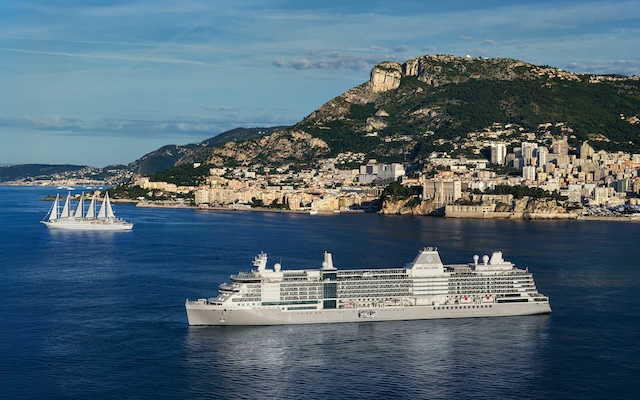THE rise of the Internet has not eclipsed the role of traditional distribution channels, which still play an important part in Australia’s inbound tourism sector.
According to a joint study by Tourism Australia and PwC, the role of online sources throughout the customer purchase cycle is gaining traction, but differs across the stages of the cycle itself – dreaming, planning, booking, destination and sharing.
Such a shift has been prompted in part by the presence of OTAs and airlines that offer direct bookings, especially low-cost carriers.
However, digital bookings are less prevalent in emerging markets due to poor Internet penetration, infrastructure and trust. On the other end of the spectrum, Internet use for planning and booking has plateaued in mature markets.
The study reported that while 46 per cent of travellers to Australia are booking at least part of their trips online before arrival, brick-and-mortar establishments play a role in converting the remaining 54 per cent.
In emerging markets and for key purchases such as airfares and tours, the conversion rate of traditional distribution channels is as high as 90 per cent, according to stakeholders consulted during the study.
Meanwhile, even companies that have seen strong growth with a 100 per cent online presence and booking system are moving into traditional wholesale and retail channels in pursuit of further market growth.
Longhaul travel is also proving to be a weakness for online travel, with stated and observed customer behaviours indicating a slower take-up rate of online methods when booking longhaul travel to Australia.


















